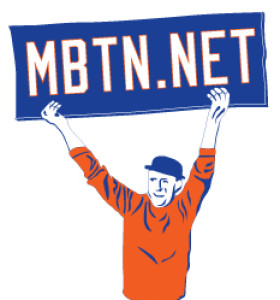As the Mets encounter the worst stretch of the year, the obligatory recycling of fringe pitchers has come for the lineup. Francisco Alvarez was sent to Syracuse yesterday and Luisangel Acuna joins him there today as the reeling Mets make more moves.
![]() The headliner is Dicky Lovelady (that’s what he prefers to be called) a lefty reliever let loose by Minnesota. He’s apparently here and suiting up in No. 57, most recently belonging to Kevin Herget who was a Met for about 15 minutes in April. Does anyone remember the last Dicky to play for the Mets? That was Dicky Gonzalez (39) back in 2001. I was at his debut; I’m pretty sure he lost to the Astros.
The headliner is Dicky Lovelady (that’s what he prefers to be called) a lefty reliever let loose by Minnesota. He’s apparently here and suiting up in No. 57, most recently belonging to Kevin Herget who was a Met for about 15 minutes in April. Does anyone remember the last Dicky to play for the Mets? That was Dicky Gonzalez (39) back in 2001. I was at his debut; I’m pretty sure he lost to the Astros.
And back 15 years ago, I wrote a series of articles on Mets named Dick. Real mature.
Also back with the Mets is Travis Jankowski, who takes Acuna’s place. Jankowski you’ll recall played for us in 2022, becoming the answer to the trivia question “Who was the last Met to wear No. 16 before Steve Cohen in a desperate attempt to make the Mets look more historically formidable retired it”?
![]() So this marks Travis’s second stint in orange and blue; he’s since played for Texas, the White Sox and the Rays, who lost him to free agency earlier this month. Jankowski is listed in 21.
So this marks Travis’s second stint in orange and blue; he’s since played for Texas, the White Sox and the Rays, who lost him to free agency earlier this month. Jankowski is listed in 21.
Also you may have seen the debut for Mets reliever Tyler Zuber (53) last night; he’s since been sent back to Syracuse along with Blade Tidwell (40). I’m pretty sure Justin Garza (71) also got sent down as Dedneil Nunez returned.
As for Alvarez, he’s been replaced by Heyden Senger who can probably hit singles with the same infrequency. Acuna gets everyday play that got harder to come by with Ronny Mauricio hanging around. Tyrone Taylor is also likely to take a playing time haircut with Jankowski here. Jankowski takes no haircuts of course.








